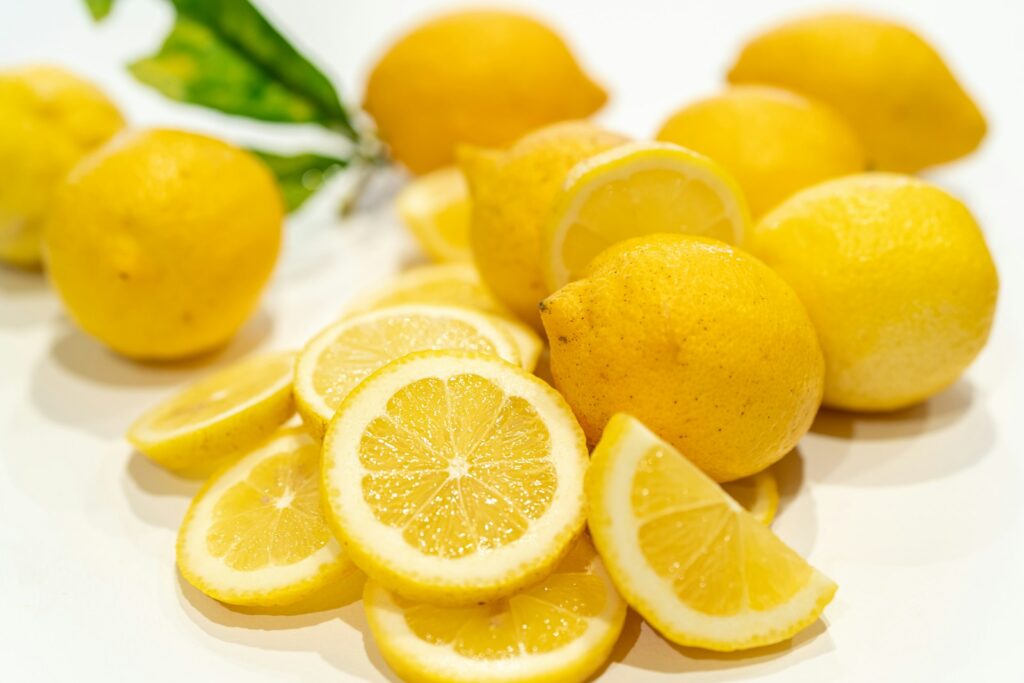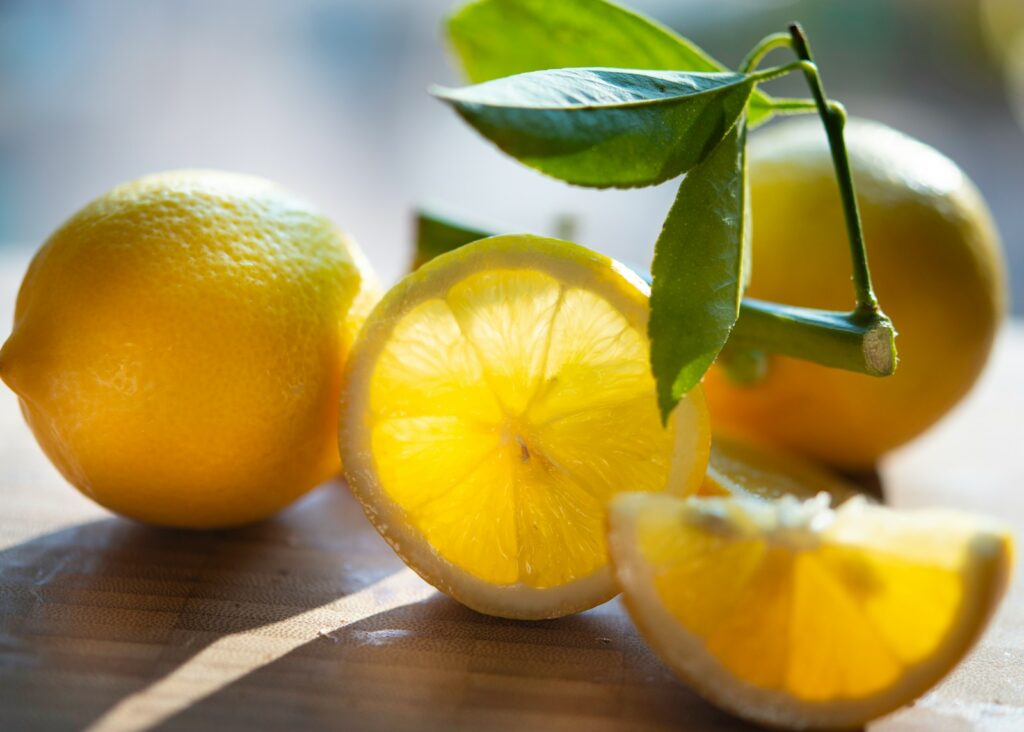11 Facts About Lemon

Lemons are one of the most versatile citrus fruits, with uses ranging from culinary to medicinal. Their tart, zesty flavor enhances both sweet and savory dishes. But lemons offer more than just flavor. Here are 11 intriguing facts about this bright yellow fruit.
Introduction
Lemons have a long history stretching back over 1,000 years. Today, these vitamin C-rich fruits are a beloved ingredient worldwide. From flavoring tea to preserving meats, cleaning, beauty treatments, and more, lemons have countless applications. Keep reading to uncover 11 fascinating details about this lively citrus.

Facts About Lemon
- Lemons originated in Asia. The first lemon trees grew in northeast India, northern Burma, and China between the first and second centuries AD. Arab traders introduced lemons into Egypt and Northern Africa around 700 AD.
- They were symbols of love in the Victorian era. Giving lemons was considered a sign of devotion since they were rare and expensive items during the 19th century. Their bright color also came to represent fidelity.
- Christopher Columbus brought lemons to the New World. On his second voyage to the Americas in 1493, Columbus picked up lemon seedlings from the Canary Islands to cultivate in Hispaniola. Spanish explorers later introduced lemons into Florida and California.
- Lemons float because they are less dense than water. Most fruits sink, but the air pockets in a lemon’s skin allow it to float. This helped sailors prevent scurvy on long ocean voyages thanks to lemons’ abundant vitamin C.
- They are hybrids of bitter orange and citron. Botanists believe an accidental cross-pollination between bitter orange trees and citrons produced the first lemon tree. The word “lemon” comes from the Arabic word “laymūn” or the Persian word “līmūn,” meaning citrus fruit.
- Lemons contain more sugar than limes. Lemons have a sweeter, less sour taste than limes thanks to their higher sugar content. On average, lemons contain about 2.5 g of sugar per ounce of juice compared to 1.1 g in limes.
- They are at their juiciest when yellow with a green tinge. Lemons turn yellow when ripe, but the greenish-yellow fruits tend to be the juiciest. As lemons turn more yellow, they become sweeter but contain less juice.
- The world’s largest lemon weighed over 5 pounds. In 2003, a farmer in Israel named Aharon Shemoel grew an enormous lemon weighing 5 pounds, 2 ounces (2.3 kg)—about 3-5 times larger than average lemons.
- Lemons have antibacterial and antifungal properties. Lemon juice contains citric acid that gives it antibiotic effects against dangerous bacteria like salmonella and E. coli. The peels also contain antimicrobial compounds.
- They help preserve foods. Lemon juice works as a natural preservative to stop fruits and vegetables from oxidizing and browning quickly after being cut. The acidity inhibits microbial growth.
- Sailors once sucked on lemons to test for poison. 18th-century British sailors would suck on a lemon wedge before drinking rum rations to confirm the rum wasn’t poisoned—a smart tactic since citric acid curdles many poisons.
Conclusion
From their ancient origins to modern uses, lemons have a storied history intertwined with humankind. These bright fruits pack a tart, zesty punch that enhances both sweet and savory dishes. With health benefits ranging from immune-boosting vitamin C to antibacterial properties, lemons offer more than just flavor. Their versatility in cooking, cleaning, beauty, and more makes them an invaluable fruit. So next time you grab a lemon, slice it over fish, or mix up a glass of lemonade, think about just how special this lively citrus is.

FAQ about Lemons
What is a lemon?
A lemon is a small evergreen tree’s ellipsoidal yellow fruit, known for its sour taste due to its citric acid content. It is widely used for both culinary and non-culinary purposes globally.
Where do lemons originate from?
Lemons are believed to have first grown in Asia, with Northeast India (Assam), Northern Myanmar, or China being the most probable places of origin. They are now cultivated worldwide.
What are some common varieties of lemons?
Popular lemon varieties include the ‘Bonnie Brae’, ‘Eureka’, ‘Lisbon’, and ‘Femminello St. Teresa’. Each has unique characteristics, such as seedlessness, juice content, or zest quality.
How are lemons used in cooking?
Lemons provide juice, rind, and zest that enhance flavors in various dishes and drinks, such as lemonade and lemon meringue pie. Lemon juice is also used as a preservative and tenderizer in cooking.
What are the nutritional benefits of lemons?
Lemons are a rich source of vitamin C, essential for maintaining a healthy immune system. They also contain various other vitamins and minerals, albeit in lower amounts.





